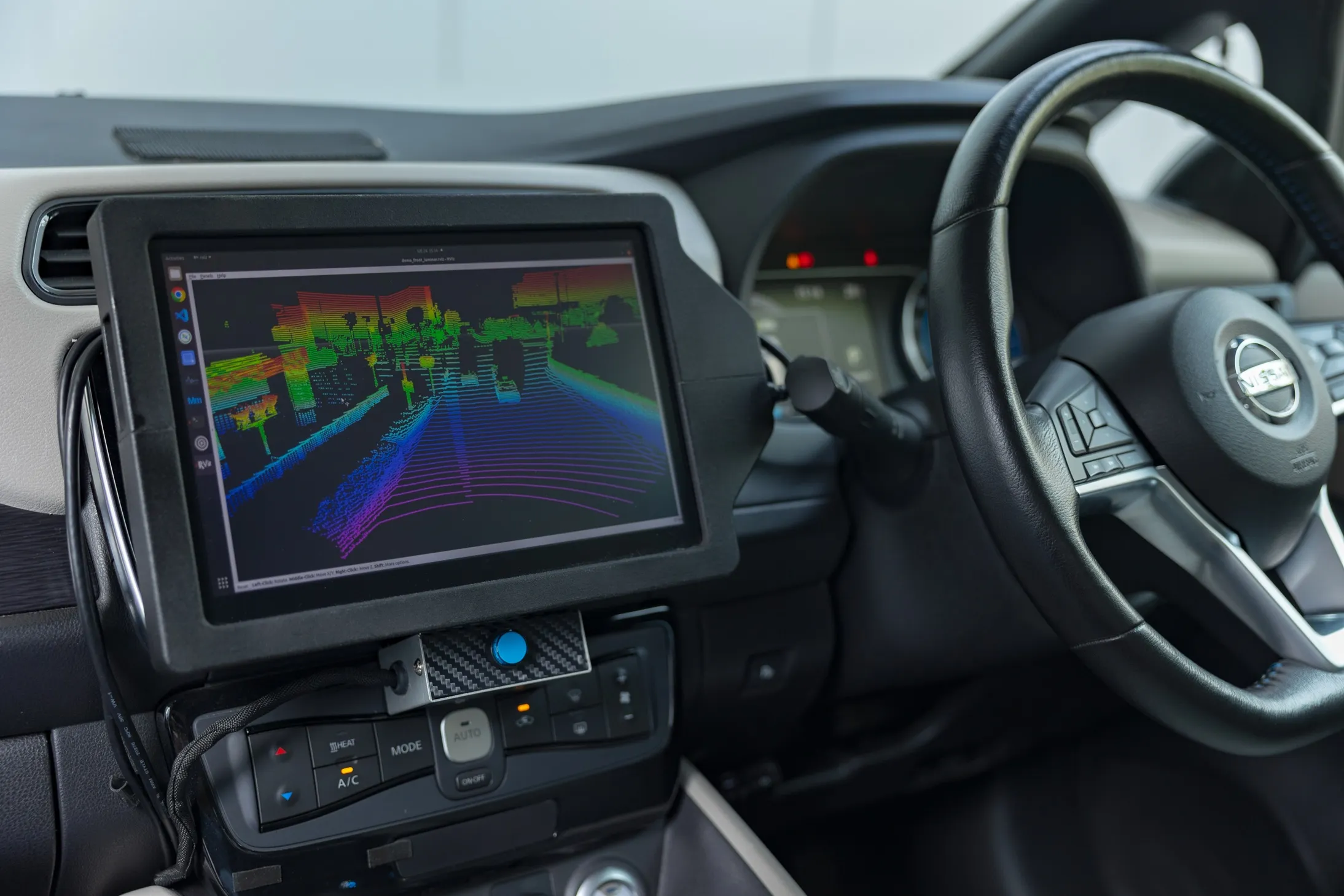A new IDTechEx report, Autonomous Vehicles: Land, Water, Air 2015-2035 claims autonomous vehicles are successful here and now but you are unlikely to meet one because the successes are in the upper atmosphere, open cast mines, nuclear power stations, underwater and in other relatively inaccessible places. It goes on to explains that the primary technology of an autonomous vehicle is that which confers autonomy and the powertrain, which is usually electric. The powertrain and navigation and control technolo
March 20, 2015
Read time: 3 mins
RSSA new 6582 IDTechEx report, Autonomous Vehicles: Land, Water, Air 2015-2035 claims autonomous vehicles are successful here and now but you are unlikely to meet one because the successes are in the upper atmosphere, open cast mines, nuclear power stations, underwater and in other relatively inaccessible places. It goes on to explains that the primary technology of an autonomous vehicle is that which confers autonomy and the powertrain, which is usually electric.
The powertrain and navigation and control technology of autonomous vehicles are rapidly evolving with every element likely to change radically and many merging; indeed it is already happening right through to structural electronics where the load-bearing bodywork doubles as electrical and electronic components and circuits.
This is good news and bad news for autonomous vehicles. Good news in that functionality and affordability will improve but bad news in that long term testing is irrelevant when everything is frequently changing disruptively. What use is a five year test on a radar when a Lidar replaces it? What to do with long term tests on a battery when it is replaced by one of the new lithium-ion capacitors? All this vast number of new innovations can bring initial lack of reliability and predictability with them yet if anything has to be superlatively reliable and predictable it is the autonomous vehicle operating near people. The more people are in close proximity, the greater the challenge. AVs are particularly lethal if flying over a crowd of people or navigating a crowded road with pedestrians crossing.
From 2015-2025, most forms of autonomous vehicles are and will remain electric land and air vehicles. Electric powertrains are exceptionally controllable and they can directly activate and collaborate with other functions of the vehicle that are autonomously managed in coordination with steering and navigation. For example, an autonomous electric tractor will operate implements with great precision when they are electrically driven from the electric powertrain of the vehicle. This is invaluable in providing autonomy.
In numbers and probably market value, the report finds most substantially-autonomous vehicles will be pure electric in number, notably robot vacuum cleaners at the order of one million yearly. However, if we consider minimally autonomous vehicles, then, from 2015 - 2025, the largest numbers and market value will include cars at the order of one million yearly averaged through the decade.
The emphasis of the report is on lessons of success and failure and what comes next, with lead indicators of such success. Timelines to 2040 of market, technology and allied advances are given and detailed forecasts of sales of autonomous vehicles from 2015-2025 particularly concentrate on numbers, unit value and total market value.
The powertrain and navigation and control technology of autonomous vehicles are rapidly evolving with every element likely to change radically and many merging; indeed it is already happening right through to structural electronics where the load-bearing bodywork doubles as electrical and electronic components and circuits.
This is good news and bad news for autonomous vehicles. Good news in that functionality and affordability will improve but bad news in that long term testing is irrelevant when everything is frequently changing disruptively. What use is a five year test on a radar when a Lidar replaces it? What to do with long term tests on a battery when it is replaced by one of the new lithium-ion capacitors? All this vast number of new innovations can bring initial lack of reliability and predictability with them yet if anything has to be superlatively reliable and predictable it is the autonomous vehicle operating near people. The more people are in close proximity, the greater the challenge. AVs are particularly lethal if flying over a crowd of people or navigating a crowded road with pedestrians crossing.
From 2015-2025, most forms of autonomous vehicles are and will remain electric land and air vehicles. Electric powertrains are exceptionally controllable and they can directly activate and collaborate with other functions of the vehicle that are autonomously managed in coordination with steering and navigation. For example, an autonomous electric tractor will operate implements with great precision when they are electrically driven from the electric powertrain of the vehicle. This is invaluable in providing autonomy.
In numbers and probably market value, the report finds most substantially-autonomous vehicles will be pure electric in number, notably robot vacuum cleaners at the order of one million yearly. However, if we consider minimally autonomous vehicles, then, from 2015 - 2025, the largest numbers and market value will include cars at the order of one million yearly averaged through the decade.
The emphasis of the report is on lessons of success and failure and what comes next, with lead indicators of such success. Timelines to 2040 of market, technology and allied advances are given and detailed forecasts of sales of autonomous vehicles from 2015-2025 particularly concentrate on numbers, unit value and total market value.









